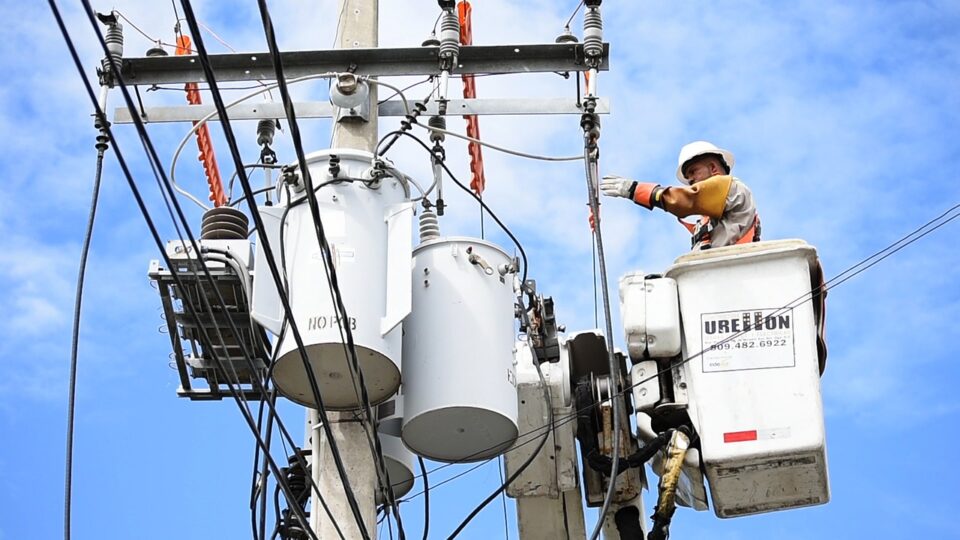Power transformers are a crucial component of the electrical power grid and play a significant role in the distribution of electricity to homes and businesses. These transformers are responsible for stepping up or stepping down voltage levels to ensure efficient and safe delivery of electricity over long distances. In this article, we will explore the basics of power transformers, their types, functions, and applications.
What are Power Transformers?
Power transformers are electrical devices that are designed to transfer electrical energy from one circuit to another through electromagnetic induction. They operate on the principle of Faraday’s law of electromagnetic induction, which states that a changing magnetic field can induce an electromotive force (EMF) in a conductor.
The primary function of a power transformer is to increase or decrease the voltage of an alternating current (AC) electrical supply. This is achieved through a process called transformer action, whereby a magnetic field is created by the flow of electrical current through a coil, which induces a voltage in a nearby coil. The voltage is then transferred from the primary coil to the secondary coil via a magnetic field, resulting in an increase or decrease in voltage, depending on the ratio of the number of turns in each coil.
Types of Power Transformers
There are two main types of Distribution power transformers: step-up transformers and step-down transformers. Step-up transformers are used to increase the voltage level of an electrical supply, while step-down transformers are used to decrease the voltage level.
In addition to these primary types, power transformers can also be classified based on their construction, application, and cooling method. The most common types of power transformers are:
Core Type Transformer: In this type of transformer, the windings surround a magnetic core made of laminated sheets of iron. This type of transformer is widely used in high-voltage transmission systems due to its high efficiency and low leakage.
Shell Type Transformer: In this type of transformer, the core is split into two parts, and the windings are wound around each part. Shell-type transformers are used in lower voltage applications where a smaller size is required.
Autotransformer: This type of transformer has only one winding, which acts as both the primary and secondary winding. Autotransformers are used in applications where a small voltage boost is required, such as in the regulation of AC power supplies.
Instrument Transformers: These transformers are used to step down high-voltage currents and voltages to levels that can be safely measured by instruments and meters.
Functions of Power Transformers
Power transformers perform several critical functions in electrical power systems. These include:
Voltage Regulation: Power transformers help regulate voltage levels to ensure efficient and safe transmission of electrical power over long distances.
Isolation: Transformers provide electrical isolation between the primary and secondary circuits, ensuring that the circuits are not electrically connected.
Power Transmission: Power transformers are used to transmit electrical power from generators to distribution networks.
Power Distribution: Transformers are used in distribution networks to step down voltage levels to levels that can be safely used by households and businesses.
Applications of Power Transformers
Power transformers are used in a wide range of applications, from large power generation and transmission systems to small household appliances. Some of the most common applications of power transformers include:
Electrical Power Generation: Power transformers are used in power plants to step up the voltage of electrical power generated by generators for transmission over long distances.
Electrical Power Transmission: Power transformers are used in high-voltage transmission systems to step down the voltage of electrical power for distribution to households and businesses.
Industrial Applications: Power transformers are used in industrial applications such as motor control and power conversion.
Residential and Commercial Applications: Power transformers are used in household appliances such as air conditioners, refrigerators, and washing machines to step down the voltage of electrical power for safe use.
In addition to these applications, power transformers are also used in renewable energy systems such as wind and solar power plants. As these systems typically generate power at low voltage levels, power transformers are used to step up the voltage for transmission over long distances.

